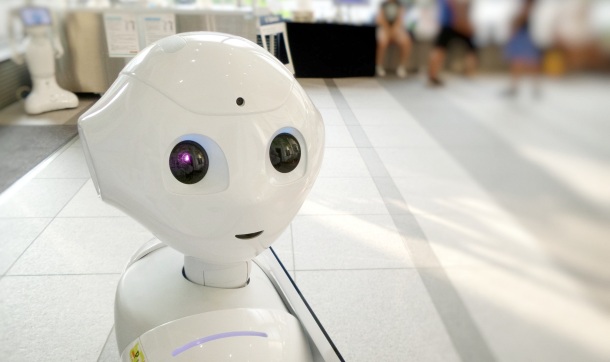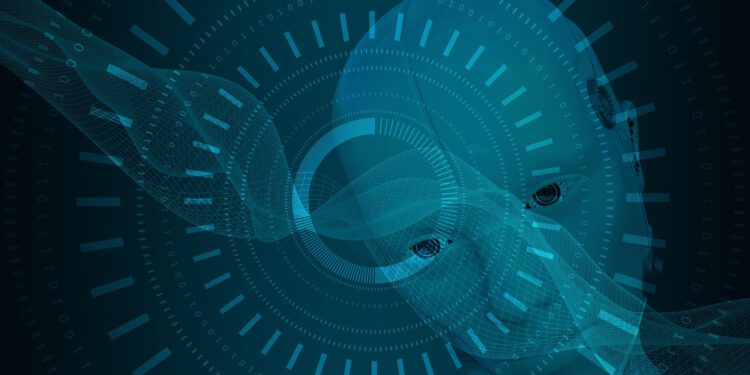Research at MIT, along with IBM Watson’s lab and DeepMind, is working on a new model to teach machines to reason.
The presentation scene of the film Blade Runner it’s an emotional exam. A test to know if the individual in front is a human being or an artificial intelligence. To such an extent they reached the world of cyberpunk dystopia, drawn by Ridley Scott and inspired by Philip K. Dick’s novel.
Like all dystopias, the world of Blade Runner is an exaggeration of a real and perceptible trend. It was already in 1968, when K. Dick wrote his book ‘Do androids dream of electric sheep?’, in full development of the computer of large closets that computed in entire rooms. And it was even more so in 1982, with personal computing already running rampant, when Scott designed that gloomy world of rain and very human androids.
As usually happens, reality, even if it is said that it ends up surpassing fiction, usually goes behind it. Before emotions, the machines will have to learn to reason. A very human quality that is not easy to teach. This is the goal that MIT has set itself, along with the IBM Watson lab and DeepMind.
Neural networks are based on the identification of patterns in an enormous mass of information. From there, knowledge is extracted. However, these algorithms find abstraction difficult. Recognizing something they have not seen before or generalizing from a detail is not within their reach.
MIT researchers work with a hybrid approach to teach machines to reason. Use neural networks, but also use symbolic programming. This allows machines to better understand the rules and logic behind things. Thus, they can make comparisons and interpret related objects. Less information is needed, but the steps needed to make a decision are recorded.

With a minimum of data-driven training, the models created can transfer knowledge to a larger scenario. This hybrid model allows machines to learn concepts related to objects, such as color or shape, and use this knowledge to interpret relationships between different objects from a scene.
Board games as measuring sticks
The measure of artificial intelligence has always been man. In Blade Runner, the test is carried out by a human being, even with the help of a machine, which shows the results. And in reality, AI has always confronted humans, especially in board games.
Chess served to measure Deep Blue’s forces against the best player in the world at the time. Gary Kasparov lost in global computation against the IBM computer, and these games marked a historic milestone. It was the first time the machine beat humans in a complex game.
More than two decades later, the creation of DeepMind, Alphonse he hasn’t just won the best Go player. He has also been able to learn to master several games at once. It is the first step for a general artificial intelligence, which can learn to do different tasks. And one of the basic principles to acquire knowledge autonomously is reasoning.
There’s still time for the Blade Runner tests. But it may soon not be far-fetched to assess the reasoning power of machines.
Images: TheDigitalArtist, Frank V.









